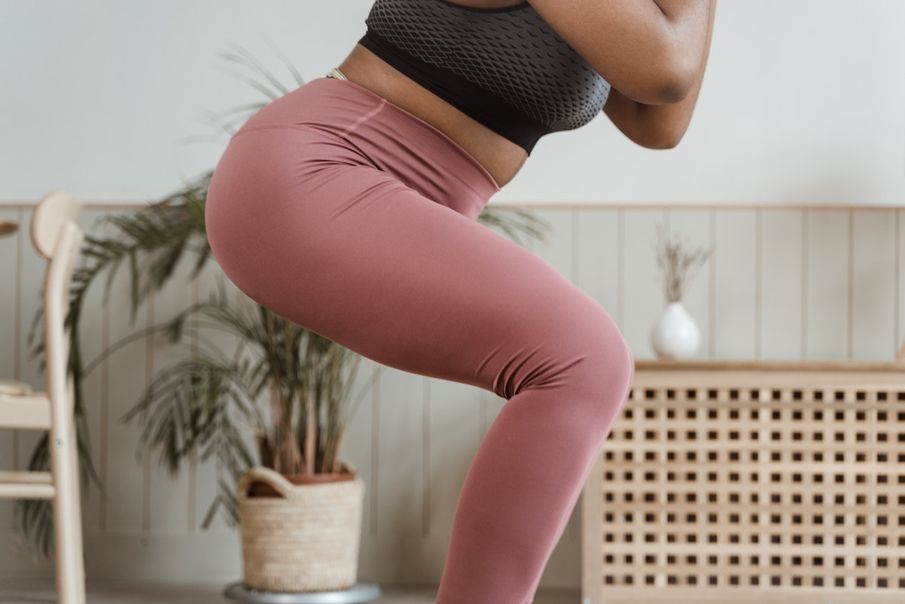This buzzword is doing the rounds in the wellness industry, but what does it mean and what can help improve your functional fitness?
The phrase functional fitness may feel new, but in the past it really was the only type of exercise. Using fitness techniques that mimic everyday movements, the aim of functional fitness is to help you function better in your everyday life.
In the early days of fitness and exercise, this is what it was all about. As the industry evolved, however, people started to want different things from their fitness routines. They wanted to specifically develop muscle, build endurance for sport or simply to change the way they looked.
The trend of functional fitness (also referred to as functional training) is bringing things back to basics. How can we move in a way that benefits us as we go about our day? An example of a functional fitness move that helps us day-to-day is the humble squat. Multiple times a day we find ourselves squatting – to pick something up, to sit down etc. Other movements include pushing, pulling, sitting up and lifting objects.
Exercises that promote functional fitness tend to involve moving in multiple planes (backwards, forwards, side-to-side, rotating), multiple muscle groups and multiple joints. When we focus on these types of exercise we can build all-round strength, mobility and coordination. Helping to improve posture and balance, it can also help older adults gain stability.
With more and more of us working from home, slumping over desks and generally moving less than we used to, functional fitness can be a game-changer. If you haven’t exercised in a while, are injured, or live with a health condition, it can help to work with a professional trainer who can help you adapt moves to make them suitable for you.
Some examples of exercises you might see in functional fitness include:
- lunges
- squats
- press-ups and shoulder presses
- burpees
- planks
- deadlifts
If you are experiencing pain, stiffness or weakness, there are some therapeutic approaches that can help in your pursuit of functional fitness, including osteopathy, physiotherapy, Pilates and occupational therapy.
Osteopathy
Osteopathy can help with musculoskeletal issues, so anything to do with your bones, muscles, ligaments and connective tissues. An osteopath will use specific techniques aimed to improve physical function, ease pain and improve movement. If you feel a certain pain or issue is holding your functional fitness back, working with an osteopath could be a helpful way of assessing and treating the problem.
In this video, osteopath Kelly McKay (BSc (Hons) Osteopathy) discusses osteopathy in more detail, including the complaints it can help treat and who can benefit from it.
Physiotherapy
Physiotherapy is another approach that looks to improve physical function and movement. Using a combination of hands-on techniques (like massage and manipulation) and tailored exercises and lifestyle tweaks, physiotherapy can help to reduce pain and make movement easier. Physiotherapy can also help following injury or surgery, helping you get back to your best.
Pilates
With a focus on improving core strength, physical alignment and joint mobility, Pilates is an exercise system that can really support physical function. You may want to start off with the support of a teacher, either one-to-one or in a group setting. You can also explore following Pilates classes online in the comfort of your own home.
Occupational therapy
If you have a health concern or disability that affects your everyday functioning, you may want to explore occupational therapy. The aim of occupational therapy is to help you live more independently by overcoming day-to-day difficulties. This typically involves identifying any difficulties and finding adaptations to overcome them. While this often involves using equipment or adapting your environment rather than making physical changes to your ‘fitness’, it is an equally helpful way of improving your function.
So, whether you want to lift a toddler without putting your back out, carry heavy shopping bags or simply move with more ease – it’s time to get functional with our fitness.


Comments